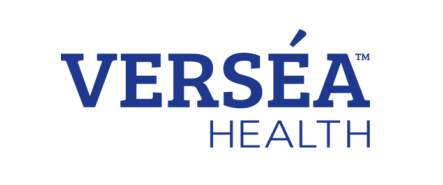Yesterday the WHO’s Technical Advisory Group on SARS-Cov-2 Virus Evolution (ATG-VE) published a statement on new omicron variants that have been circulating globally, accounting for nearly all sequences reported to GISAID:
“Based on available data of transmission, severity, reinfection, diagnostics, therapeutics and impacts of vaccines, the group reinforced that the BA.2 sublineage should continue to be considered a variant of concern and that it should remain classified as Omicron. The group emphasized that BA.2 should continue to be monitored as a distinct sublineage of Omicron by public health authorities.
The Omicron variant of concern is currently the dominant variant circulating globally, accounting for nearly all sequences reported to GISAID. Omicron is made up of several sublineages, each of them being monitored by WHO and partners. Of them, the most common ones are BA.1, BA.1.1 (or Nextstrain clade 21K) and BA.2 (or Nextstrain clade 21L). At a global level, the proportion of reported sequences designated BA.2 has been increasing relative to BA.1 in recent weeks, however the global circulation of all variants is reportedly declining.”
Differences in variants
BA.2 differs from BA.1 in its genetic sequence, including some amino acid differences in the spike protein and other proteins. Studies have shown that BA.2 has a growth advantage over BA.1. Studies are ongoing to understand the reasons for this growth advantage, but initial data suggest that BA.2 appears inherently more transmissible than BA.1, which currently remains the most common Omicron sublineage reported. This difference in transmissibility appears to be much smaller than, for example, the difference between BA.1 and Delta. Further, although BA.2 sequences are increasing in proportion relative to other Omicron sublineages (BA.1 and BA.1.1), there is still a reported decline in overall cases globally.
Studies are evaluating the risk of reinfection with BA.2 compared to BA.1. Reinfection with BA.2 following infection with BA.1 has been documented, however, initial data from population-level reinfection studies suggest that infection with BA.1 provides strong protection against reinfection with BA.2, at least for the limited period for which data are available.
While reaching the above determination, the TAG-VE also looked at preliminary laboratory data from Japan generated using animal models without any immunity to SARS-CoV-2 which highlighted that BA.2 may cause more severe disease in hamsters compared to BA.1. They also considered real-world data on clinical severity from South Africa, the United Kingdom, and Denmark, where immunity from vaccination or natural infection is high: in this data, there was no reported difference in severity between BA.2 and BA.1.
As WHO continues to closely monitor and report sequences, as well as to conduct independent and comparative analyses of the different Omicron sublineages Verséa Holdings will continue to provide the best available SARS -CoV-2 diagnostics tests. To see all available tests, please visit: CliaSupply


